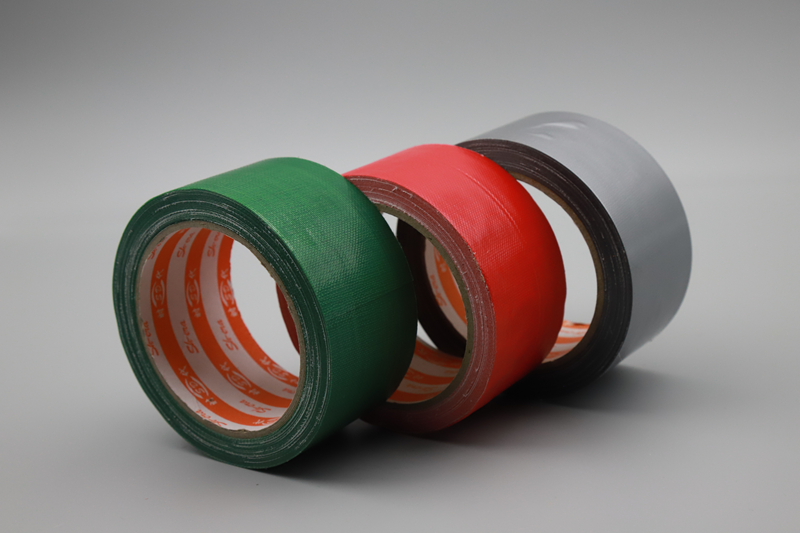When it comes to automotive maintenance and repair, few tools are as versatile and ubiquitous as duct tape. Known for its strength, durability, and adhesive properties, duct tape has earned a reputation as a quick fix for a wide range of problems. One of its lesser-known but highly practical applications is in the wrapping of automotive wiring harnesses. While it may not be the first choice for professional automotive engineers, duct tape plays a significant role in both temporary fixes and DIY projects involving wiring harnesses. This article explores the role of duct tape in automotive wiring harness wrapping, its advantages, limitations, and best practices for its use.
What is a Wiring Harness?
A wiring harness is a bundled arrangement of wires, connectors, and terminals that transmit electrical power and signals throughout a vehicle. It is the nervous system of an automobile, connecting various components such as the engine, lights, sensors, and infotainment systems. Properly wrapping and protecting a wiring harness is critical to ensure its longevity, prevent electrical shorts, and maintain optimal performance.
The Role of Duct Tape in Wiring Harness Wrapping
Duct tape is often used in wiring harness wrapping for several reasons:
Temporary Repairs: In emergency situations, such as a damaged wiring harness on the road, duct tape can serve as a quick and effective temporary solution. It can hold loose wires together, protect exposed conductors, and prevent further damage until a permanent repair can be made.
DIY Projects: For hobbyists and DIY enthusiasts, duct tape is an accessible and affordable material for wrapping wiring harnesses. It provides a layer of protection against abrasion, moisture, and heat, which are common threats to automotive wiring.
Bundling Wires: Duct tape is excellent for bundling wires together, especially in custom or aftermarket installations. It helps keep wires organized and reduces the risk of tangling or interference with other components.
Vibration Dampening: In some cases, duct tape can be used to dampen vibrations that might otherwise cause wear and tear on the wiring harness. By securing the harness to a stable surface, duct tape can help reduce movement and prolong the life of the wires.

Advantages of Using Duct Tape
Accessibility: Duct tape is widely available and inexpensive, making it a convenient option for quick fixes or small projects.
Ease of Use: Unlike specialized tapes or wraps, duct tape requires no special tools or skills to apply. It can be cut to size and adhered quickly.
Versatility: Duct tape is resistant to water, heat, and abrasion, making it suitable for a variety of automotive applications.
Strong Adhesion: The adhesive backing of duct tape ensures a secure hold, even in challenging environments.
Best Practices for Using Duct Tape
If duct tape is used for wiring harness wrapping, it is important to follow these best practices to ensure safety and effectiveness:
Use as a Temporary Solution: Reserve duct tape for short-term fixes and replace it with a more durable material as soon as possible.
Clean the Surface: Before applying duct tape, clean the wires and surrounding area to ensure proper adhesion.
Avoid Overlapping: Apply the tape smoothly and avoid excessive overlapping, which can create bulk and reduce flexibility.
Monitor for Wear: Regularly inspect the taped area for signs of peeling, cracking, or degradation, and reapply or replace the tape as needed.
Post time: Jan-21-2025




